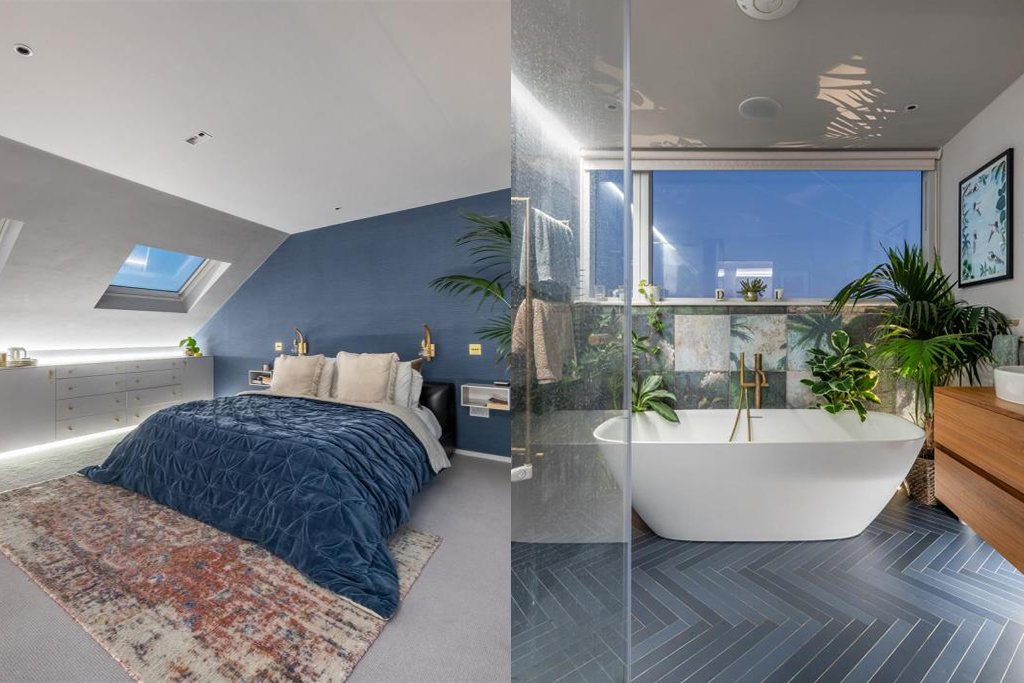Turning your unused attic into a functional living space can add tremendous value and comfort to your home. However, one essential factor often overlooked in the design process is soundproofing. A well-insulated, noise-controlled loft not only enhances privacy but also creates a peaceful environment for work, sleep, or relaxation. Professional services like Loft Converter London can help you achieve both style and tranquillity through expertly designed soundproofing solutions. Whether you’re planning a home office, studio, or extra bedroom, soundproofing your loft ensures that everyday noises — from rain on the roof to footsteps below — don’t interrupt your comfort. In this article, we’ll explore practical and affordable ways to soundproof your loft conversion while maintaining a sleek, modern finish.
Why Soundproofing Matters in Loft Conversions
Sound travels easily through walls, ceilings, and floors, especially in loft spaces with thinner structures or open layouts. Without proper soundproofing, even minor noises can disrupt your peace and privacy. Whether it’s traffic from outside, echoes within the room, or sounds from other parts of the house, noise control is key to creating a comfortable loft. Effective soundproofing helps:
- Enhance comfort and privacy for bedrooms, studies, or guest rooms
- Reduce noise transfer between floors and neighbouring properties
- Improve energy efficiency by adding insulation layers that retain warmth
- Boost property value by increasing quality and livability
Types of Noise to Consider
Before you begin, it’s important to understand the two main types of noise that affect loft conversions:
- Airborne noise: Includes sounds like voices, music, or TV noise that travel through the air.
- Impact noise: Comes from physical contact, such as footsteps, furniture movement, or rain on the roof.
The best soundproofing solutions tackle both, ensuring a quieter and more enjoyable space.
Floor Soundproofing Techniques
The floor is often the main source of noise transmission between the loft and rooms below. Here are some ways to soundproof it effectively:
- Acoustic underlay: A dense material installed beneath carpets or flooring that absorbs vibration and noise.
- Floating floors: A technique where the floor surface is separated from the structure using resilient layers to reduce sound transmission.
- Insulation batts: Placing acoustic insulation between joists helps reduce both airborne and impact noise.
- Soft floor finishes: Using carpets or cork flooring naturally dampens footsteps and reduces echo.
Wall and Ceiling Soundproofing
Loft walls and ceilings often face challenges due to thin plasterboard and roof slopes. Strengthening these areas can drastically improve sound control:
- Acoustic plasterboard: Thicker and denser than standard boards, these reduce airborne noise effectively.
- Resilient channels: Metal channels that create a gap between the plasterboard and wall structure, preventing sound vibration transfer.
- Soundproof insulation: Mineral wool or acoustic foam panels fill cavities, improving both sound and heat insulation.
- Double layering: Installing two layers of plasterboard with an acoustic membrane in between significantly enhances performance.
Windows and Doors: Key Weak Points
Even with strong insulation, poorly sealed windows or doors can let noise seep in. Choose:
- Double or triple-glazed windows for maximum acoustic and thermal performance.
- Acoustic seals and draught excluders to block sound gaps.
- Solid-core doors with proper fitting to prevent noise leakage between rooms.
Roof Soundproofing for Rain and External Noise
Rainfall and outside traffic are common noise concerns in lofts, especially under sloped roofs. Insulating the roof with high-density acoustic materials can reduce noise from weather and the environment. For metal or slate roofs, using additional underlay membranes can further dampen sound. This not only enhances quietness but also improves overall energy efficiency.
The Importance of Professional Installation
DIY soundproofing might seem appealing, but professional installation ensures long-term results and compliance with building regulations. Specialists understand how to layer materials effectively without compromising headroom or ventilation. For example, if you’re planning a Loft Conversion Hillingdon project, working with experienced installers familiar with local housing structures guarantees the right balance between comfort, soundproofing, and design aesthetics.
Design Choices that Improve Acoustics
In addition to construction techniques, design decisions can naturally enhance sound control:
- Soft furnishings: Rugs, curtains, and upholstered furniture absorb sound and prevent echo.
- Built-in shelves: Act as an additional barrier, blocking noise between rooms.
- Zoned layouts: Placing sleeping or work areas away from high-traffic zones helps reduce disturbance.
- Angled ceilings: Can deflect sound waves, reducing direct echo.
Common Mistakes to Avoid
When soundproofing your loft, avoid:
- Skipping insulation layers to save cost — this reduces performance significantly.
- Using lightweight materials without acoustic backing.
- Leaving small gaps around doors, windows, or floorboards that allow noise to pass through.
- Ignoring ventilation — proper airflow is vital even in soundproofed spaces.
Final Thoughts
Soundproofing is one of the most rewarding investments in any loft conversion project. A quiet, comfortable environment makes your new space far more functional and enjoyable, whether it’s a home office, bedroom, or creative studio. By combining the right materials, professional expertise, and thoughtful design choices, you can achieve exceptional acoustic comfort without compromising on style. Properly executed soundproofing adds long-term value to your home, improves energy efficiency, and turns your loft into a true retreat from the everyday noise of modern life.
